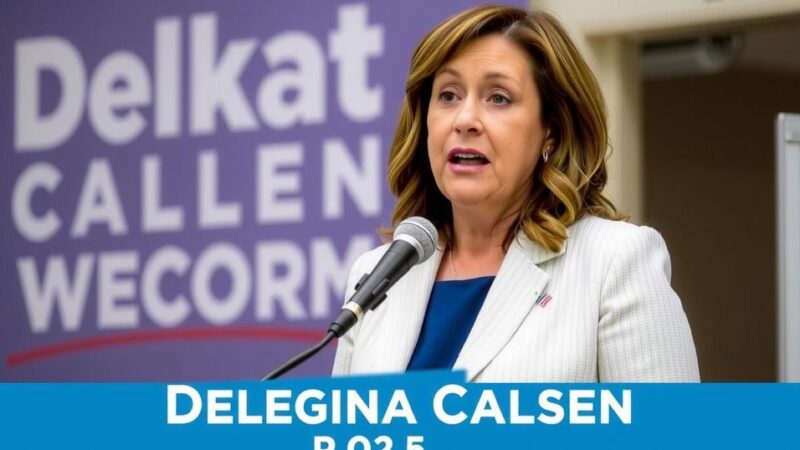The article examines the potential survival of Malaysia’s solar industry amid anticipated solar tariffs under Trump’s policies. Malaysian academic Tham Siew Yean advocates for increasing local content instead of relocating operations to sidestep tariffs. Despite challenges, recent investments highlight confidence in the industry, while firms are encouraged to adapt and diversify their markets to ensure stability against tariff pressures.
In light of potential solar tariffs anticipated under the Trump administration, Malaysian academic Tham Siew Yean suggests that the Malaysian solar industry should focus on increasing local content rather than perpetually relocating operations to evade tariffs. Malaysia has provided substantial incentives to attract investment in the solar sector, illustrating its attractiveness for foreign companies such as First Solar and Sunpower, as well as various Chinese firms that subsequently relocated there to circumvent prior tariffs.
Under Trump’s initial administration, a 30% safeguard tariff was established in February 2018, planned to gradually decrease by 2022. Though aimed at solar cells and modules, certain exemptions existed that allowed some companies to bypass these tariffs. With the Biden administration’s implementation of a 24-month moratorium allowing duty-free imports to bolster local solar manufacturing, investigations were formulated regarding anti-circumvention measures in countries like Malaysia, Cambodia, Thailand, and Vietnam.
Results from investigations led to the conclusion in August 2023 that specific companies, including Hanwha Q CELLS and Jinko Solar, were not involved in circumvention, though those failing to respond were implicated. While Biden’s moratorium temporarily aided Malaysia’s exports, stating final decisions regarding tariffs would take place in 2025 may deter future investments.
The response from businesses has included rectifying clerical errors regarding duty-free selections, as companies implore the Ministry of Investment, Trade, and Industry to acquire exemptions based on local content contributions. Despite tariff challenges, significant investments continue to roll in, including LONGi Green Energy’s announcement in October 2023 of a substantial investment for a module plant in Selangor.
The anticipated Trump 2.0 tariffs could expand, urging local companies to innovate and adapt. While relocating to bypass US tariffs seems a solution, it may merely defer the inevitable; therefore, a stable enhancement of local production capabilities must be prioritized. By diversifying export markets and concentrating on local content, Malaysian manufacturers could bolster their market position against external pressures.
The solar industry in Malaysia has gained momentum largely due to favorable investment conditions established in the 2000s. As the industry faced challenges from global tariff policies, particularly from the United States, companies sought ways to navigate these obstacles to maintain profitability and competitiveness. Previous tariff measures have compelled firms to adapt their operations to comply with international trade regulations, leading to an ongoing discussion on how best to maintain Malaysia’s position in the global solar market.
The Malaysian solar industry is at a crossroads, facing potential new tariffs while being challenged to enhance local content levels. Despite past and impending tariffs from the United States, significant investments highlight ongoing confidence in Malaysia’s potential within the solar sector. Instead of continually relocating to avoid tariffs, a strategy focused on increasing local production and diversifying export markets could prove essential to ensuring long-term sustainability and competitiveness in the face of changing international trade dynamics.
Original Source: www.thinkchina.sg





